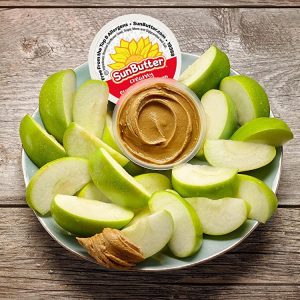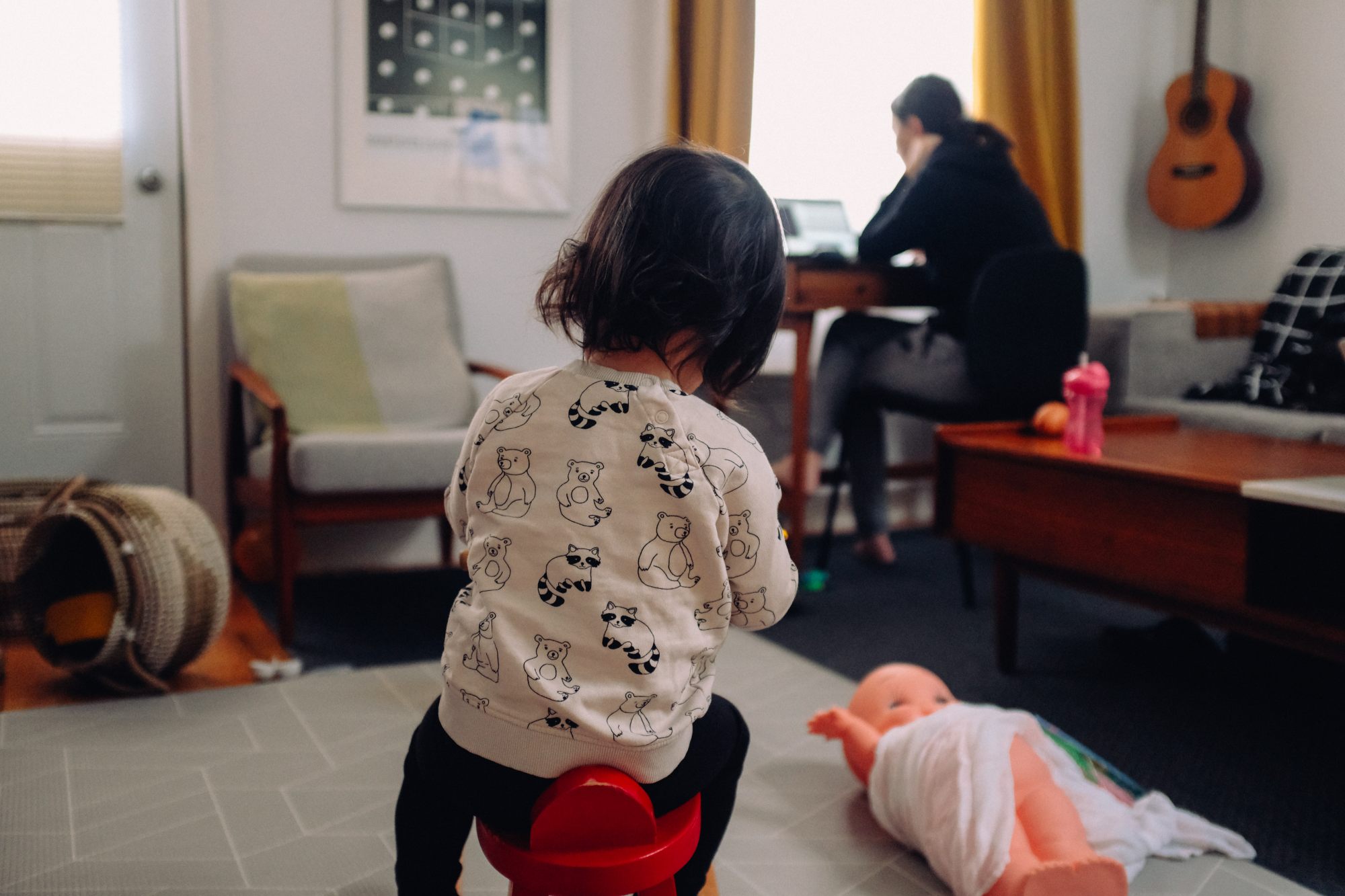Every parent knows the struggle of getting your kid to fall asleep – and stay asleep. Even though you rocked them to sleep and read them a story, they always seem to wake back up after 30 minutes after you put them to bed. It could be time for sleep training.
Whether you’re dealing with a phase of sleep regression or just getting started, there are things you can do to help bedtime go smoother and with fewer interruptions.
Learn the basics of sleep training and use these night training tips to get back to catching your own zzz’s.
What Is Sleep Training?
Sleep training is training your child to fall asleep without help from you. As much as you might like cuddling with your kids all night in your bed, at some point they should learn how to fall asleep and stay asleep in their own bed.
You know you’ve successfully sleep-trained an independent baby when you can put them down for bed and they drift off without needing to be rocked, cuddled, nursed, or shushed.
For new parents, sleep training can feel like an insurmountable challenge. At the peak of sleepless nights, it’s easy to cave in and relax on sleep training. Anything to catch a little shut shut-eye, right?
Though it might be a bit tricky at first, sleep training isn’t just important for you – it’s important for your child’s health.
How Soon Can You Start Sleep Training a Baby?
Most experts recommend that the sleep training process begins between four and six months of age. At this point, a child is developmentally ready to go at least six to eight hours between feedings.
Keep in mind that the longer you wait, the greater the chance that they’ll develop a sleep association with your presence at bedtime. But sometimes life gets in the way, and you might need to work on sleep techniques for one-year-olds.
Tips & Tricks to Master the ABC’s of Sleep Training
Ready to sleep through the night? Unfortunately, there’s no magic solution to fix all of your nighttime woes. For long-term success, you might have to try a few of these to find a combination that works best for you.
- Your best efforts can be thwarted by an irregular schedule. Before you endeavor into sleep training, establish a regular schedule of feeding, daytime naps, and bedtimes. You can start establishing a regular routine around two months.
- Nighttime sleep quality is partially influenced by daytime activities. Make sure your child is getting enough physical and mental stimulation throughout the day so that they’re ready for sleep by the time bedtime rolls around.
- Try not to create a routine that associates you or feeding with falling asleep. You’ll end up having to work harder to break that association while sleep training.
If you’re curious to learn more, you can find a whole range of sleep training books here.
Trial Different Training Styles
The same style won’t work for every situation. Ultimately, as the parent, you know what’s best for your child. Just keep in mind that you should ideally give each trial at least a week (if not more) to start to see any progress. Sleep training doesn’t happen overnight, so give yourself grace and be patient with the process.
Here are a few different methods you can try with step-by-step instructions.
Pick Up & Put Down Method
The key to the pick up and put down method is to only soothe your child to get them to calm down. If they wake up, this method advocates standing over the crib, patting their back, or holding them until they are calm. Pick them up, calm them, then return them to the bed.
The key is to avoid holding them until they fall asleep. As a parent, you are the comforter and soother. Letting them fall asleep on their own is critical to successfully sleep training them.
Cry It Out (CIO) Method
This technique can really pull on your heartstrings. Also known as the “extinction” method, this sleep training method works by letting your little one cry until it’s time for a feeding or for them to get up in the morning. In many cases, this technique will have your kid sleeping through the night by themselves within three to four nights.
The key here is consistency. Babies can cry themselves to sleep and it’s something nearly every parent experiences at one point in their life. Listening to babies cry at night isn’t anyone’s ideal definition of parenthood. But we promise that it’s tougher for you than your kids.
Bedtime Routine Fading Method
The bedtime routine fading method can take a bit more time than the CIO method. Instead of modifying your bedtime routine, this method works by gradually reducing the amount of time you spend going through the typical bedtime routine.
For example, if you normally spend 30 – 45 minutes rocking your child, slowly decrease that amount by five minutes each day. This eases the transition to sleep independence so that you might not have to work through crying and fussing at the beginning of bedtime.
Chair Method
The chair method is a much more gentle and gradual approach to sleep training. You start by placing your child in their bed or crib and sit in a chair next to them as they fall asleep. Once they’re asleep, you leave the room. If they wake up in the middle of the night, go in and sit back down in the chair, but don’t remove them from their bed.
Over the course of a few weeks, start to move the chair further and further away from the bed. Then, when they’re easily falling asleep on their own, remove the chair from the room and enjoy those beautiful, uninterrupted hours of sleep.
Ferber Method
This technique is also known as the check and console method. It’s an in-between style that combines the distance of the CIO method, but with the soothing of the pick up and put down method.
You want to avoid feeding them or rocking them to sleep. Instead, come in and check on them at regular intervals. You might need to start with shorter, 5-minute intervals with younger babies so that they don’t feel abandoned.
For seven-month babies and older, aim for 10 to 15-minute intervals. If they wake up, you should restart the checking and consoling until they fall asleep on their own again.
Conclusion: Sleep Training Doesn’t Need to Be a Nightmare
Sleep training can take a toll on parents and children. Long, sleepless nights filled with crying and soothing can make you feel like you’re failing.
But perseverance is key to mastering sleep training with your little one. Establish a regular routine, trial different methods, and be persistent. Your hard work will pay off and you and your baby will thrive thanks to sleep training.















